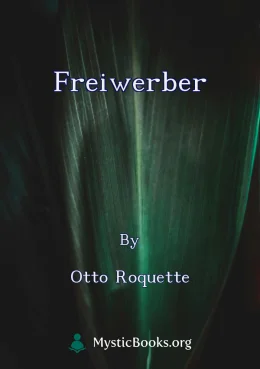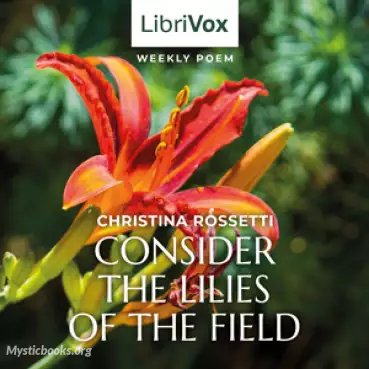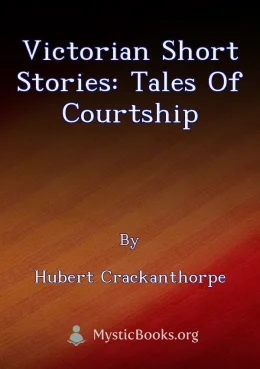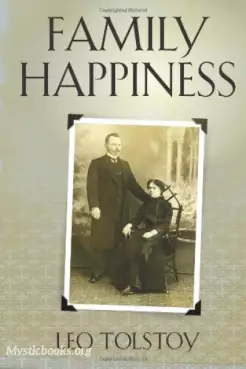
Amoretti: A Sonnet Sequence
'Amoretti: A Sonnet Sequence' Summary
Amoretti was first published in 1595 in London by William Ponsonby. It was printed as part of a volume entitled Amoretti and Epithalamion. Written not long since by Edmunde Spenser. The volume included the sequence of 89 sonnets, along with a series of short poems called Anacreontics and Epithalamion, a public poetic celebration of marriage. Only six complete copies remain today, including one at the Folger Shakespeare Library in Washington, D.C. and one at Oxford's Bodleian Library. "The volume memorializes Spenser's courtship of Elizabeth Boyle, a young, well-born Anglo-Irish woman, and the couple's wedding on June 11, 1594". In the sonnets of Amoretti Spenser succeeds in "immortalizing the name of his bride to be ... by devices of word play". In these cycles of sonnets, Spencer chronicles the progress of his love for his beloved, Elizabeth Boyle and then records his marriage to her. He even writes about his break up with wife (sonnet 34) in Amoretti. Amoretti has been largely overlooked and unappreciated by critics, who see it as inferior to other major Renaissance sonnet sequences in the Petrarchan tradition. In addition, it has been overshadowed by Spenser's other works, most notably The Faerie Queene, his epic allegorical masterpiece. C. S. Lewis, among the most important twentieth-century Spenser scholars, said that "Spenser was not one of the great sonneteers". However, other critics consider Spenser's sonnets to be innovative and to express a range of tones and emotions, and much more skillful and subtle than generally recognized.
Book Details
Authors

Edmund Spenser
England
Edmund Spenser was an English poet best known for The Faerie Queene, an epic poem and fantastical allegory celebrating the Tudor dynasty and Elizabeth I. He is recognized as one of the premier craftsm...
Books by Edmund SpenserDownload eBooks
Listen/Download Audiobook
- Select Speed
Related books

Freiwerber by Otto Roquette
Friedrich Stievel, a shy teacher at a local high school, finds himself in a predicament when he decides to propose to the beautiful Berta. His timidi...

Can You Forgive Her? by Anthony Trollope
It was first published in serial form in 1864 and 1865. It is the first of six novels in the Palliser series, also known as the Parliamentary Novels....

England and Yesterday by Louise Imogen Guiney
This collection of poems by Louise Imogen Guiney, a prominent American poet, explores the beauty and history of England, particularly London and Oxfor...

Consider the Lilies of the Field by Christina Rossetti
Rossetti began writing down and dating her poems from 1842, most of which imitated her favored poets. In 1847 she began experimenting with verse forms...

Love's Wantonness by Thomas Lodge
LibriVox volunteers bring you 10 different recordings of Love's Wantonness by Thomas Lodge, published in Tudor and Stuart Love Songs in 1902. This wa...

Poems, 1914-1919 by Maurice Baring
Maurice Baring's Poems, 1914-1919 is a collection of poetry that reflects on the experiences of World War I. The collection is divided into two parts,...

Modern Love by George Meredith
This is an enchanting literary work that explores the intricate depths of love amidst the challenges of contemporary life. Penned by the esteemed poet...

Victorian Short Stories: Tales of Courtship by Hubert Crackanthorpe
This collection of five short stories by Hubert Crackanthorpe offers a glimpse into the complexities of courtship during the Victorian era. The storie...

Family Happiness by Leo Tolstoy
The 17 year old Marya falls in love with the much older Sergyei Mikhailitch, an old family friend, and the two are married. They share an initially bl...

Nightwind by John Clare
Nightwind is a collection of poems by John Clare, a celebrated English poet of the 19th century known for his poignant and evocative depictions of rur...
Reviews for Amoretti: A Sonnet Sequence
No reviews posted or approved, yet...